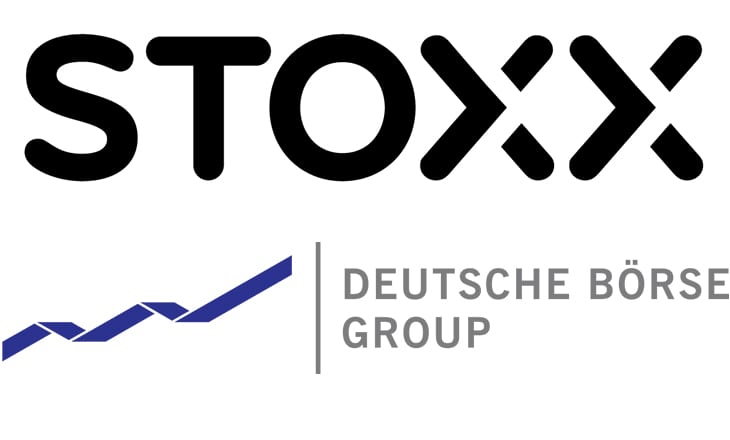Deutsche Boerse Group’s STOXX Ltd. just announced that it has licensed its EURO iSTOXX® 50 Low Carbon NR Decrement 3.75% Index to Banca IMI, Intesa Sanpaolo Group, as an underlying for structured products.
This is the first time that an Italian bank is distributing a product linked to a low-carbon index on the Italian market.
We share the objective of the European Commission which introduced draft legislation with the aim of ensuring that the financial services industry does its part in the fight against climate change. In particular, global investors are increasingly aware of the long-term risks posed to their investments by climate change.
We see the evolution towards a low-carbon economy as an opportunity for our investors to play a role in the transition towards a greener economy,” commented Valeria Giovanna Zorzi, Head of Product Development, Global Market Securities – Global Market Sales from Banca IMI, Intesa Sanpaolo Group.
We are very happy that one of the major Italian banks is now adopting STOXX Low Carbon Indices. Reducing carbon emissions is a global objective set out by the Paris climate convention. The EURO STOXX® 50 Low Carbon Index offers clients a tradable standardized solution to decarbonize their portfolios and address long-term climate risks,” said Willem Keogh, STOXX’s Head of ESG, Thematic and Factor Solutions. “Tradability is supported by derivatives exchange Eurex, which launched futures on the EURO STOXX 50 Low Carbon Index as part of their ESG derivatives offering earlier this year.
The low-carbon version of the EURO STOXX 50® Index offers a reduction in carbon emissions by utilizing both estimated and reported carbon intensity scores provided by STOXX’s research partners CDP and ISS ESG.
The EURO STOXX 50 Low Carbon is price-weighted with a weight factor based on the free-float market capitalization multiplied by the carbon intensity factor (Z-score) of each constituent. The resulting tilt overweights stocks with lower carbon intensities and underweights those with higher emissions.
